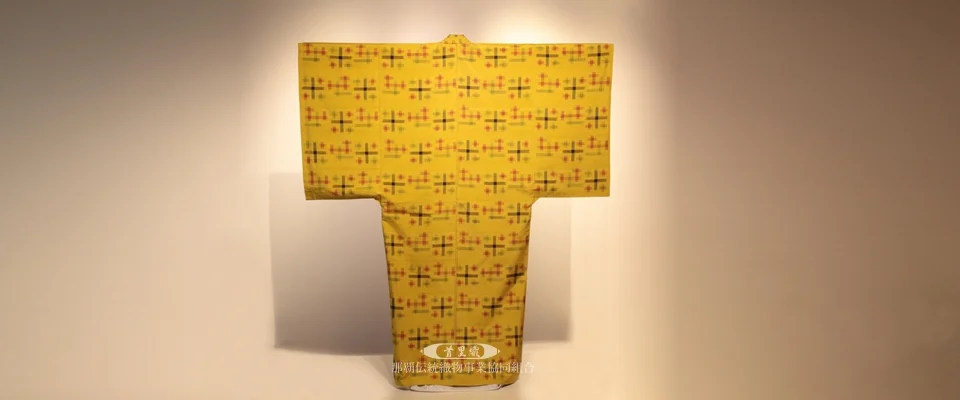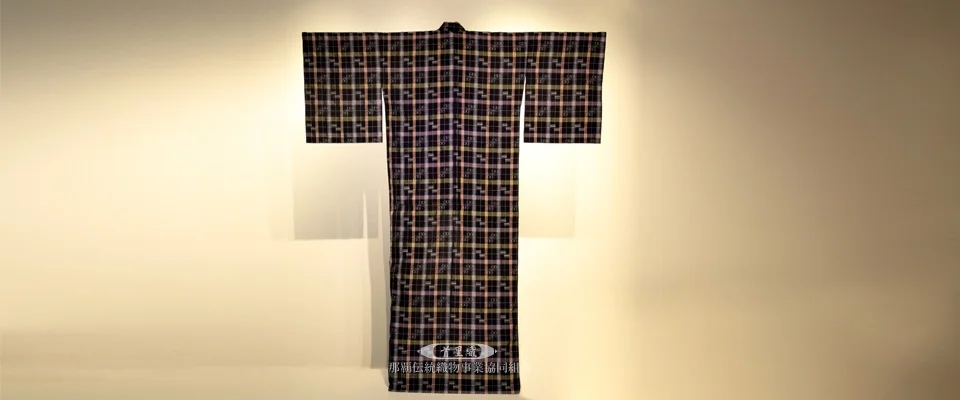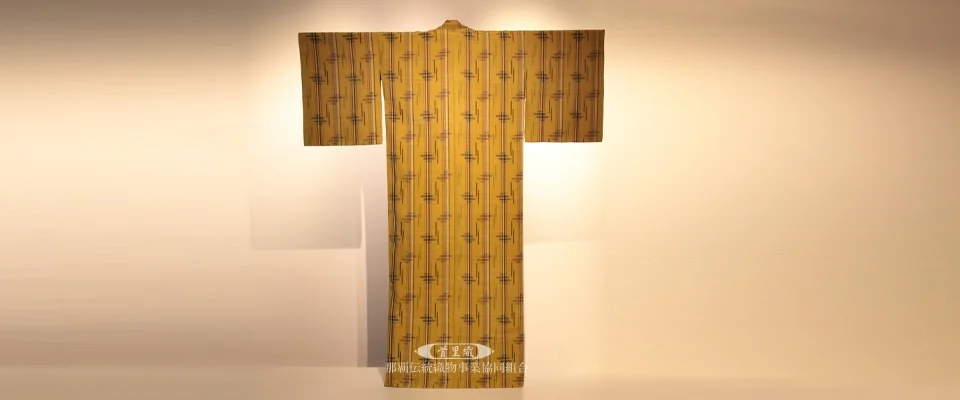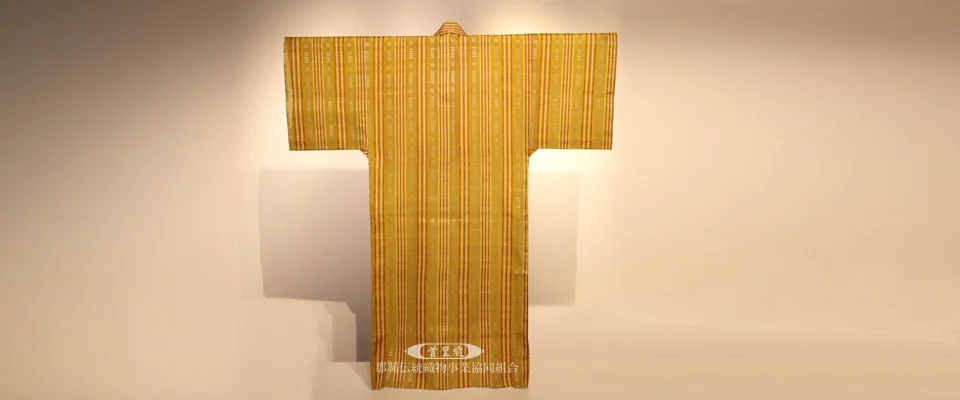- TOP
- >
- English
Shuri-ori (woven fabric of Shuri)
About 500 years ago in the 14th and 15th centuries, the Ryukyu Kingdom frequently traded with China and Southeast Asian countries. Through this trade, people learned textile techniques and these skills accumulated over several hundred years, with people’s efforts creating the variety of Ryukyu woven fabric that expresses Okinawa’s climate and natural features.
Okinawa is known as a “treasure trove of traditional crafts,” but especially for textiles there are many kinds of fabrics with different features created all across the prefecture. Among these, the fabrics woven in Shuri, the home of the Shuri Royal Government that flourished as the capital city, have special colors and patterns especially made for the royal family and nobility. These result from mastery of the skills that create elegant, beautiful, and yet comfortable fabrics that are still woven even today.
Shuri-ori uses many textile design methods such as mon-ori (patterns created by different weaving styles) and kasuri (ikat splash patterns), which are features of this woven fabric. Hanakura-ori and doton-ori in particular were designs designated for the royal family and nobility, and they were only woven in Shuri.
The fabric materials include mainly silk, but also cotton, linen, and basho (fibers made from the Japanese banana plant). The dyeing materials consist of chemical dyes and plant-based dyes from Ryukyu indigo, Fukugi tree, Rhaphiolepis umbellate, bayberry, Itajii tree, small Philippine acacia, and others.
Shuri-ori is used as a collective term for the fabrics woven in Shuri that use traditional Shuri mon-ori and kasuri weaving methods. The term was originally used when Shuri-ori was recognized as a traditional craft by the Ministry of International Trade and Industry in 1983.








